New Zealand: COVID-free, but economically ill
• Non-agricultural exports of New Zealand have been expanding by just 1% annually in the last decade. It is one of the major challenges for New Zealand since decades. Its highly concentrated export basket, makes its exports highly vulnerable to price volatility.
• During the lockdown, accommodation, food services and construction are the most heavily affected industries followed by construction. This disruption ripples through their supply chains, partially impacting manufacturing, retail and wholesale trade. Aggregating these industry effects, GDP of New Zealand is expected to plummet by 37% in 2020.
• New Zealand entered recession for the first time in almost a decade as the Coronavirus pandemic led to the nation’s biggest quarterly contraction in 29 years. Gross domestic product fell by 1.6% in the first quarter of 2020 compared to the fourth quarter of 2019.
• The economy of New Zealand is significantly dependent on trade, as its merchandise and services trade to GDP ratio is more than 53%. Due to this, the COVID impact is quite massive. Unemployment figures are rising and these is no solid consumerism base, with high dependence on external sector.
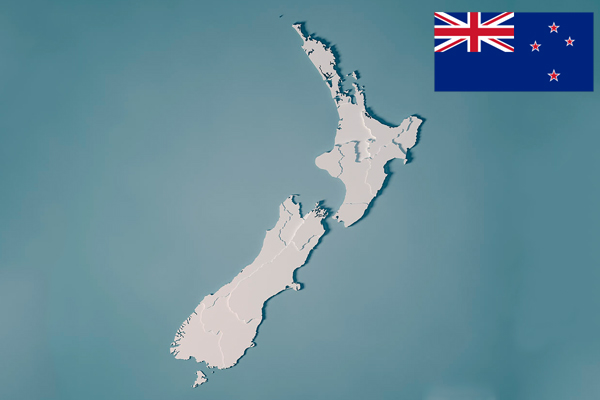
New Zealand is an island country located in the Southwestern Pacific Ocean comprising two main landmasses (North Island and South Island) and numerous smaller islands. It is one of the most interesting economies across the world. With just a population of 4.9 million people, New Zealand is the second largest dairy exporter in the world after EU. Not just this, they are also the largest exporters of sheep meat and the second largest exporters of wool across the globe.
Macroeconomic Indicators of New Zealand
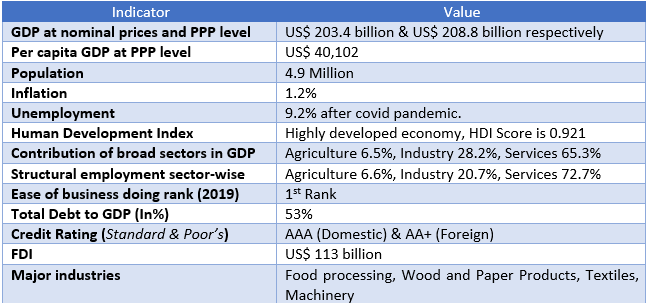
Source: Multiple sources including IMF statistics.
New Zealand lacks the scale to produce at affordable prices due to lower population strength, which does not match with the economies of scale. Jobs of more than 600,000 New Zealanders are in the direct exports or in sectors supporting exports. Goods contribute around 70% of New Zealands exports and were valued at US$ 60.6 billion in 2019. Major primary sectors include meat, dairy, fisheries, wine, forestry and some horticulture products of which about 90% of the output is exported.
New Zealand is the world’s 12th largest agricultural exporter by value. Improving productivity, value addition and export earnings in this sector are critical to its sustainable economic growth. Free trade agreements are one significant route through which the government is supporting such growth, especially in exports.
Approximately, 38% of NZ merchandise exports are non-agricultural goods. Top earning sectors include forestry products, crude and refined petroleum, and fish products. Manufactured products such as clothing and electronics are also witnessing growth. However, as a whole, their non-agricultural exports have only been expanding by 1% annually in the last decade. New Zealand’s highly concentrated export basket makes it vulnerable to price volatility in the international market.
Since it is not diversified, there is always a risk in terms of earnings, sustaining the economy and domestic jobs, because of a weaker domestic consumer market. Other key New Zealand industries such as specialised high-tech manufacturing are equally dependent on international trade.
Source: ITC Trade Map, in US$ billion
New Zealand’s trade increased at a CAGR of 4.3% from 2015 to 2019, surging from US$ 71 billion to US$ 80.4 billion. Major export destinations of New Zealand are China, Australia, USA, Japan, South Korea and UK. Major sources of import include China, Australia, USA, Japan, Germany and Thailand.
The top imported products by New Zealand are crude oil, automobiles, heavy commercial vehicles, parts of turbo jets, oil preparations for fuel, cellular phones, data processing machines, pharmaceuticals, food preparations and auto components. These products comprise 30% of New Zealand’s total imports. This cogently signals that the import basket of NZ is much more diverse than their exports as discussed above.
Post-COVID Market Situation in New Zealand
New Zealand is among the few economies that have earned the distinction of being COVID-free, although some expect a minor resurgence. But overall, they have managed well to fight against Coronavirus. But this is not the same with their economic performance.
The country entered recession for the first time in almost a decade as the Coronavirus pandemic led to its biggest quarterly contraction in 29 years. Gross domestic product fell by 1.6% in Q1, 2020 compared to Q2, 2019.
During the lockdown, accommodation and food services and construction are the most heavily affected industries followed by construction. This disruption ripples through their supply chains, partially impacting manufacturing, retail and wholesale trade. Aggregating these industry effects, GDP of New Zealand is expected to plummet by 37% in 2020. OECD also estimates a 30% fall in Kiwi GDP by the end of 2020.
Source: Reserve Bank of New Zealand (as percent of its pre-coronavirus level)
Economy of New Zealand is significantly dependent on trade, as its merchandise and services trade-to-GDP ratio is more than 53%. Now, due to this the COVID-19 impact is quite massive. This may bring major pain for the economy because unemployment figures are rising, GDP growth is entering negative territory and there is no solid consumerism base, with high dependence on external sector. Since external sector is not expected to revive in the next couple of years as per the WTO, the possibility of immediate revival seems little daunting for New Zealand. Here, India can explore opportunities in some sectors where it is competitive.
Source: ITC Trade Map, in US$ Billion
In the first quarter of 2020, New Zeeland’s exports plummeted by roughly 4% and imports by 15% in comparison with last quarter. This too corroborates that domestic households are squeezing their expenditure, possibly due to reduction in purchasing power.
India-New Zealand trade relations
Bilateral merchandize trade between India and New Zealand in 2019 stood at US$ 940 million, out of which India’s exports are US$ 382 million. NZ merchandise exports to India mostly consist of logs and forestry products, mineral fuels and oil, wood pulp, wood, edible fruit and nuts; whereas Indian exports to New Zealand comprise of pharmaceuticals, precious metals and gems, textiles and motor vehicles. Education and tourism have emerged as major growth sectors in services.
New Zealand and India already enjoy a strong trade relationship. Innovative, market-focused product development services are typical of New Zealand’s capability to create a cost-effective solution that enables Indian companies to identify and create relationships with complementary New Zealand companies. India’s rapidly changing market offers good opportunities for New Zealand companies in a wide range of sectors. These include telecommunications, infrastructure, services, manufacturing, defence, medical, retail, internet, government participation projects and agriculture.
India is increasingly becoming an important market for New Zealand, especially with regards to IT software, defence, and security and telecommunication equipment. Also, New Zealand has been engaging with various states in India to provide latest technology in agriculture, food storage and supply chain infrastructure to reduce food wastage.
Negotiations for an FTA commenced in April, 2010 and the 10th round was held in New Delhi in 2015. Negotiations have continued on the sidelines of RCEP negotiations, where more focus has shifted recently. Since India has opted out of the RCEP, New Zealand is interested in pursuing the bilateral trade negotiations again.
India should consider fast tracking the bilateral FTA deal with New Zealand, as it seems an opportune time to increase its market share in New Zealand. Potential sectors to target include automobiles, auto components, pharma, textiles, apparels, gems & jewellery, prepared foods, precious metals, construction & engineering materials and furniture.








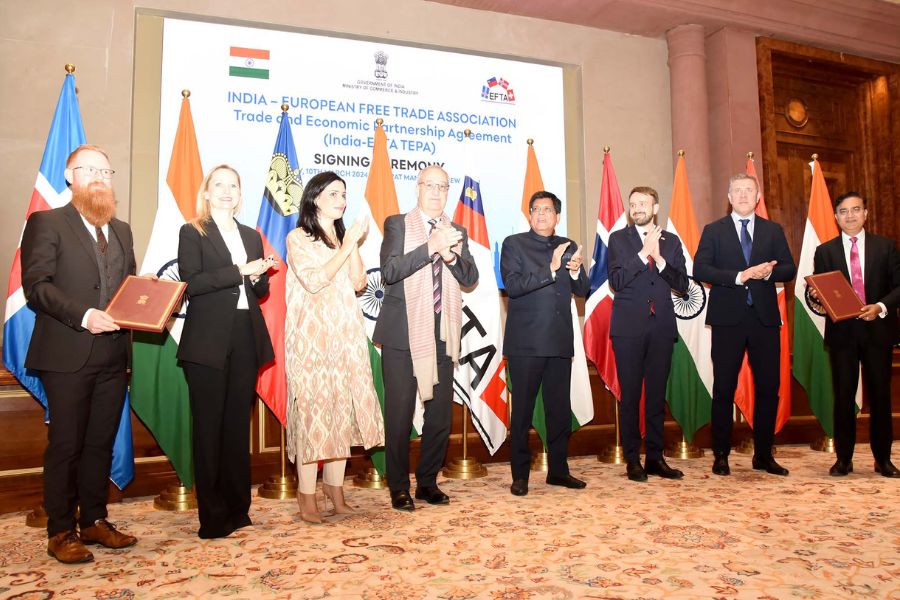

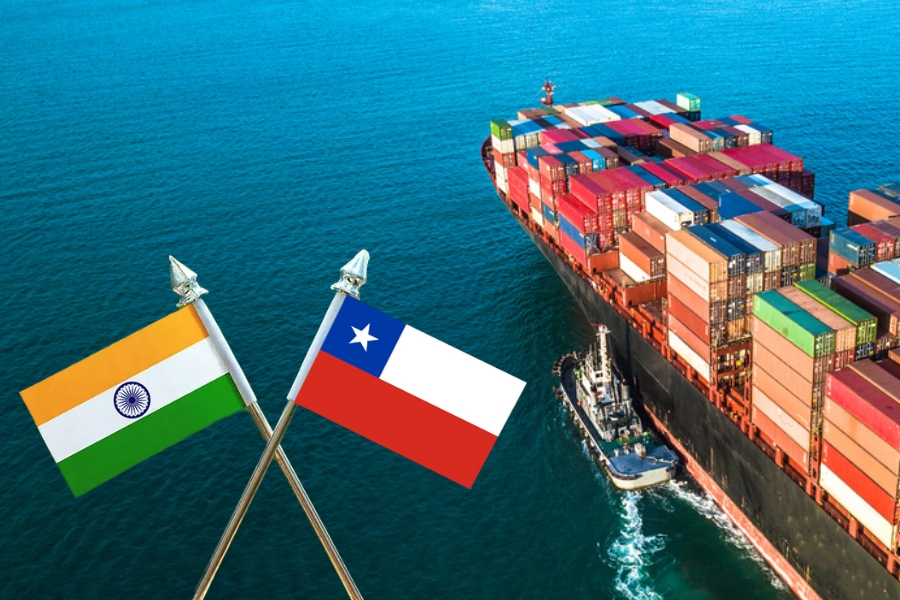
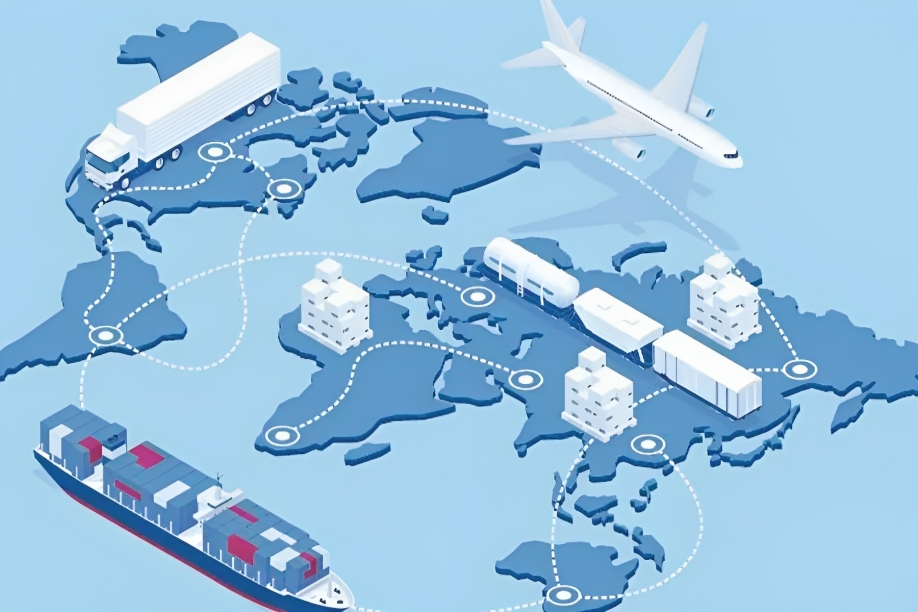

Leave a comment